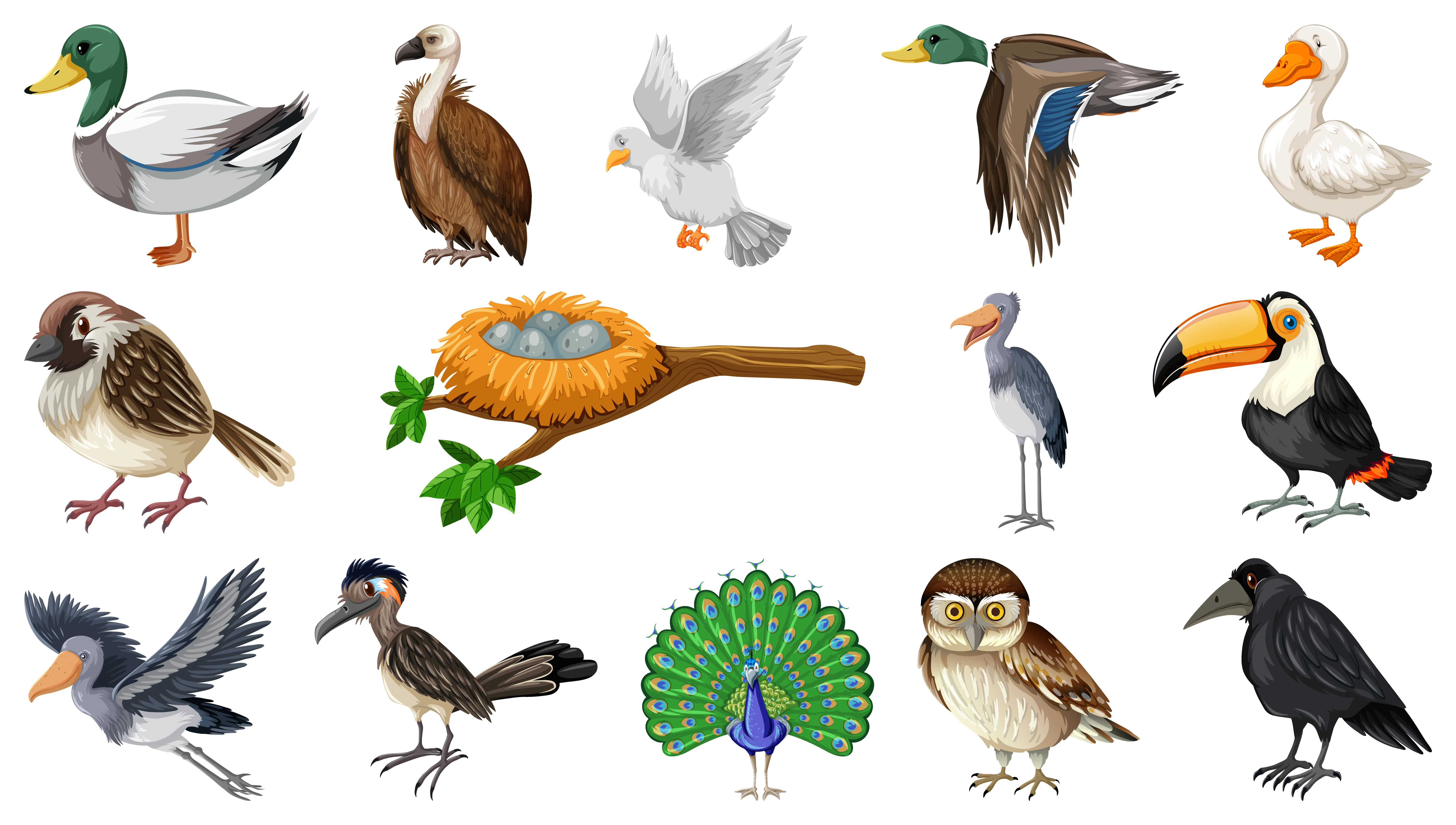
25 Birds Name in Hindi and English – Learn with Fun Facts!
Ever seen a मोर and struggled to recall its English name? It's Peacock! Time to master birds name in Hindi and English with fun facts and classifications.

Seekho Official
24 Mar 2025
Seekho Se SeekhoDownload the app for better experience
More from Seekho Official
Documents Required for UPSC Interview Checklist
Know exactly which documents to carry for your UPSC interview, how to prepare them right, and avoid common mistakes that can cost you the opportunity.

Seekho Official
28 Aug 2025

UPSC Rank Required for IRS Entry
Wondering about the UPSC rank required for IRS? Get clear insights on category-wise cut-offs, recent trends, and practical tips to help you secure your spot.

Seekho Official
28 Aug 2025

Best Personal Loan App in India Without Salary Slip
Searching for personal loans without a salary slip? Find top loan apps in India offering fast, hassle-free loans with minimal documentation requirements.

Seekho Official
28 Aug 2025

16 Hours Study Timetable for Effective Learning
Falling behind in studies? Use this 16 hours study timetable to structure your day, improve focus, and complete your syllabus stress-free.

Seekho Official
27 Aug 2025

Effective Study Timetable for Class 12 Success
Plan your success with a smart study timetable for class 12. Learn how to balance subjects, revision, and breaks to stay calm, consistent, and confident.

Seekho Official
27 Aug 2025

Best Personal Loan Apps for Self-Employed in India
Need a loan as a self-employed professional? Find the best personal loan apps offering quick disbursal and flexible repayment options to meet your needs.

Seekho Official
27 Aug 2025

What are the Books Required for UPSC Prelims and Mains?
Overwhelmed by UPSC preparation? Discover the best books required for UPSC, with a clear roadmap for each subject in this detailed guide.

Seekho Official
27 Aug 2025

Best 8 Reasons for Getting a Personal Loan
Need quick financial relief? Learn how personal loans help with emergencies, education, and weddings, offering flexibility and fast approval without collateral.

Seekho Official
27 Aug 2025

Height Required for UPSC – IAS, IPS, IFS & Other Services
What’s the height required for UPSC? Explore all physical criteria, from height to vision, to ensure you meet the medical standards.

Seekho Official
27 Aug 2025

18-Hour Study Timetable for NEET Preparation
Master your NEET prep with our detailed 18 hours study timetable for NEET, designed to boost focus, cover the syllabus, and improve retention effectively.

Seekho Official
20 Aug 2025



